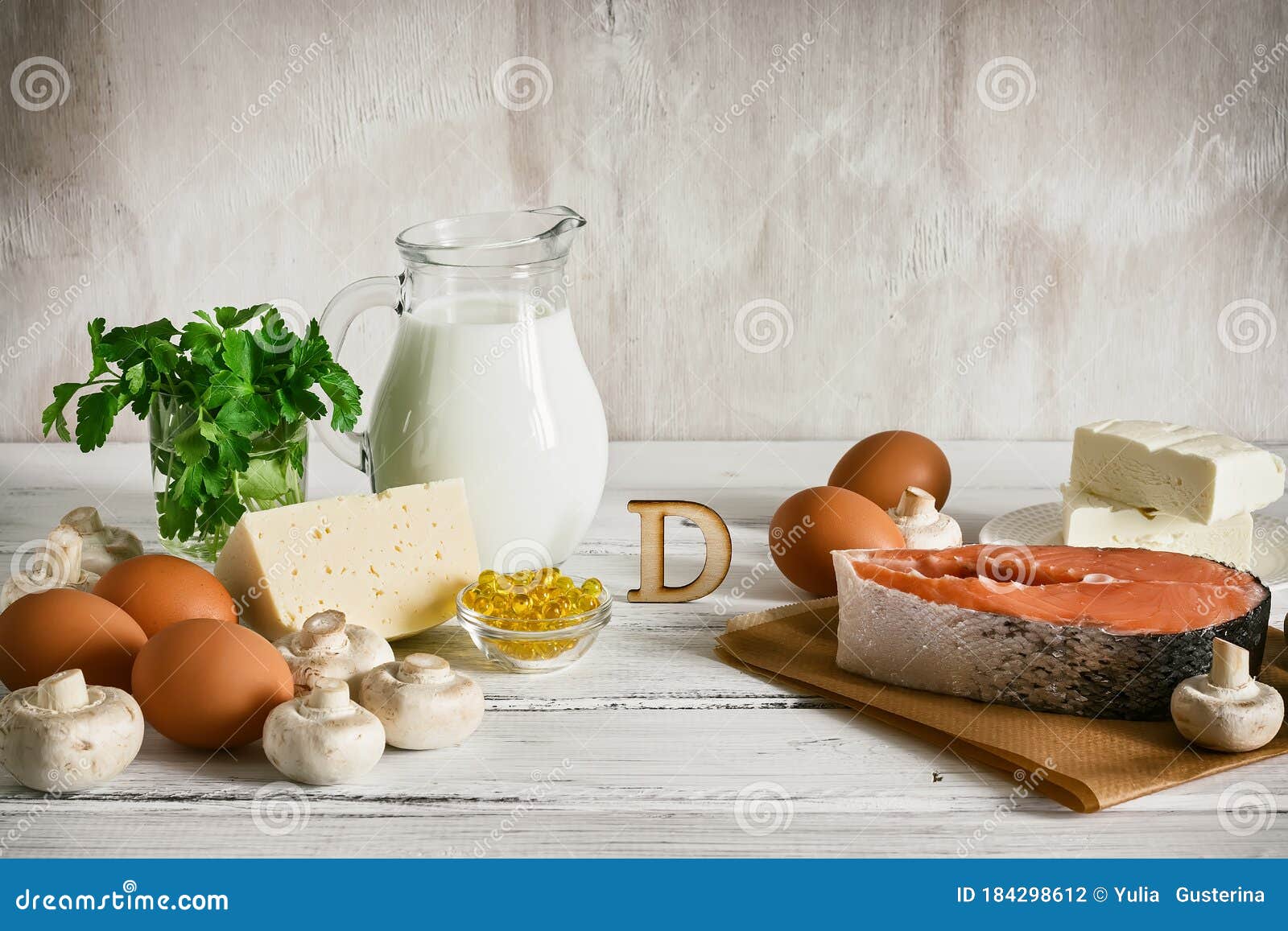

There is a brand called Skim Plus, which is marketed as being creamier than regular skim milk. None of them add any dried milk to their fresh milk products. I spoke with representatives for half a dozen brands of milk, including national brands like Stonyfield Farms and Horizon, as well as my local store brand, organic as well as conventional. In fact, you might have to work pretty hard to find some that do have dried milk added. However, it is absolutely not true that all skim and low-fat milk has dried milk added to it. It’s true that a packager could add dried milk to fresh milk and, because of the way the FDA labeling regulations define “milk,” they would not be required to list powdered milk in the ingredient list. Is dried milk added to skim and low-fat milk? But this is a more expensive process and, therefore, far less common. Milk can also be freeze-dried-and because of the lower processing temperatures, freeze-dried may taste more like fresh milk when it’s reconstituted.

Then, it’s usually sprayed into a heated tank, which causes the remaining water to quickly evaporate, leaving dried milk solids. In order to make powdered milk, pasteurized milk is first concentrated through evaporation. So, let’s take a closer look at the properties and potential dangers of powdered milk. Pretty scary stuff.Īs is typical of the opens in a new windownutrition information you find on the Internet, the claims about powdered milk are a jumble of fact, half-truths, and outright fallacies. And they say that there’s no way for you to tell whether or not your milk contains added dry milk because the packagers are not required to list powdered milk in the ingredient list.

They also claim that powdered milk is added to all low-fat and fat-free milk in order to give it more body. You can add dried milk to powder to breads and other baked goods, soups, sauces, smoothies, or other recipes to add protein and other nutrients.Īs is typical of the nutrition information you find on the Internet, the claims about powdered milk are a jumble of fact, half-truths, and outright fallacies.īut if you research this question on the Internet, you’ll quickly come across a lot of sources claiming that powdered milk is extremely bad for you because it contains oxidized opens in a new windowcholesterol, which is supposedly the most dangerous type. Like fresh milk, dried milk is usually fortified with Vitamin A and D. These data demonstrate that removal of milk fat markedly decreases the vitamin E content of various milk products.In terms of nutrients like opens in a new windowcalcium, opens in a new windowprotein, and potassium, dried milk is comparable to fresh milk. For every 1 mg cholesterol increase, there was an increase of approximately 4 microg of alpha-tocopherol for every 1 g total lipids increase, the alpha-tocopherol content increased by 17 microg. Vitamin E, cholesterol, and total lipids increased as cream was added back to nonfat milk during production. For example, raw milk as compared to nonfat milk had both higher (-tocopherol contents (45.5 +/- 4.6 vs. As the fat contents of milk products decreased from 11 to 0.3%, the vitamin E contents decreased. alpha-Tocopherol was the major form of vitamin E (>85%) gamma-tocopherol and alpha-tocotrienol were present to a lesser extent. Milk samples of varying fat contents (half and half, whole milk, reduced-fat milk, low-fat milk, and nonfat milk) were obtained from a local dairy on six different occasions. The present study was undertaken to determine whether decreases in fat contents result in lower vitamin E contents.


 0 kommentar(er)
0 kommentar(er)
